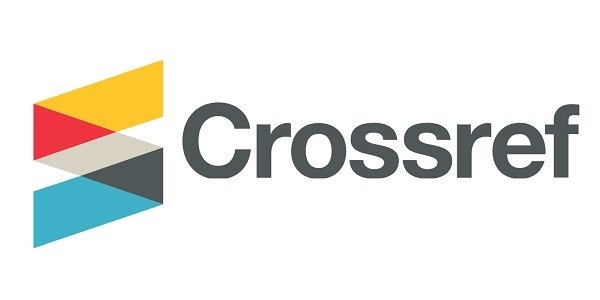PENGARUH EDIBLE COATING TERHADAP KAPASITAS AIR TERIKAT SEKUNDER DAN TERSIER MANISAN TOMAT CHERRY SELAMA PENYIMPANAN
Abstract
The use of an antimicrobial edible coating is a technique that can be developed and applied to keep the
quality and extend the shelf life of products, such as candied cherry tomato. This study purposed to get
processing technology candied cherry tomatoes, to formulate edible coating with cinnamon oil as an
antimicrobial, and to analyse the effect of edible coating to changes in the quality of candied cherry tomatoes
during the storage process. The stages of this research were the production process of candied cherry tomatoes,
which consisted of determining treatment cherry tomatoesas a whole and sliced cross, a combination of sugar
concentration and immersion time in a sugar solution, and determination of drying time candied cherry
tomatoes. The next steps were manufacturing and characterization of antimicrobial edible coating, and then
application of antimicrobial edible coating during 12 weeks of storage. Based on the results, the best treatment
processing of candied cherry tomatoes was a cherry tomato with an intact form and had 40-55-70% graded
sugar concentration during 12 hours immersion time, and at 33 hours drying time. Moreover, resulted
fromedible coating formula was tapioca starch, CMC, glycerol, stearic acid and cinnamon oil with percentages
of 3.0%, 0.4%, 5.0%, 0.5%, and 0.6%, respectively. During storage, lowest secondary and tertiary bound water
capacity on candied cherry tomatoes with an antimicrobial edible coating that was Ms of 25.32%, awsof 0.58 and
Mt of 42.11%. Likewise, the lowest rate of microbial growth was from candied cherry tomatoes with an
antimicrobial edible coating.
Keywords: antimicrobial, bound water capacity, candied cherry tomato, cinnamon oil, edible coating

_page-00013.jpg)







_(1).png)

